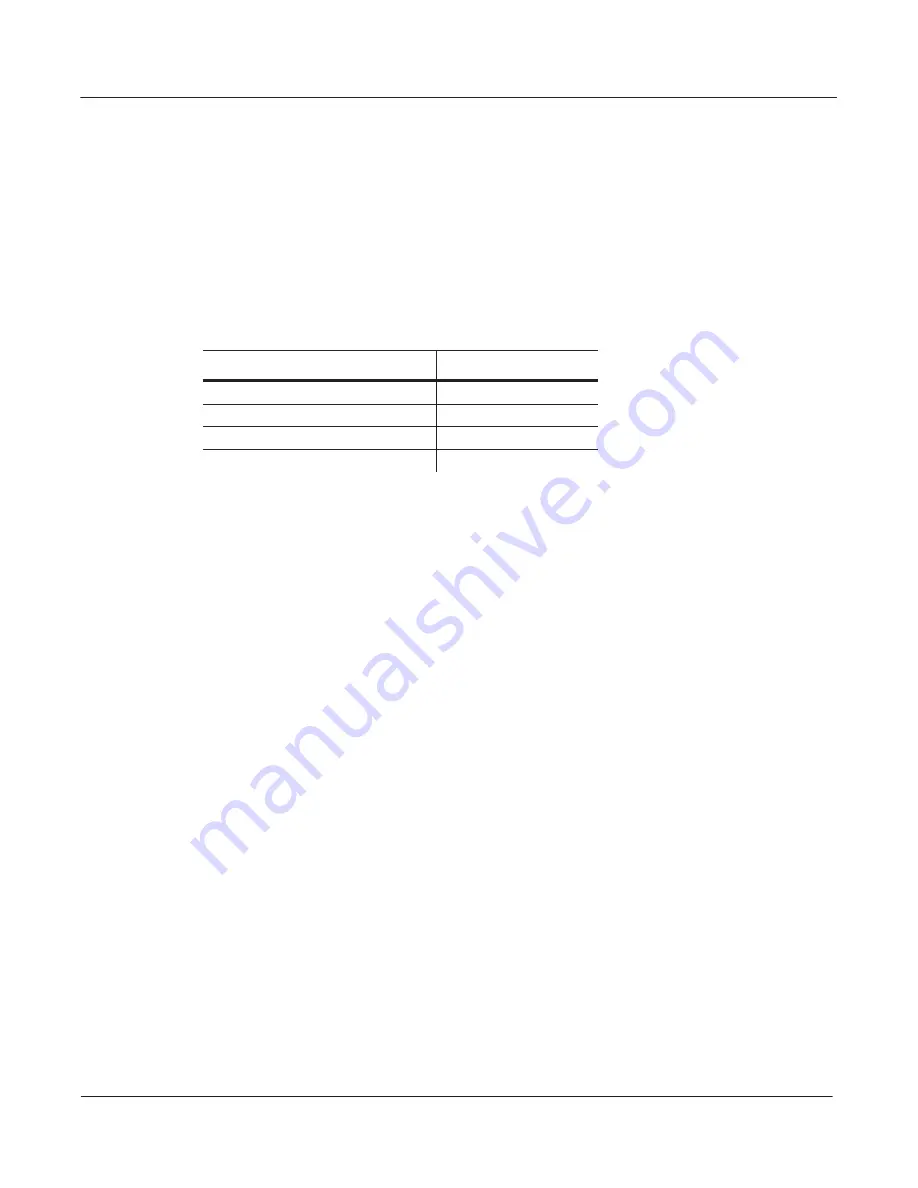
7-28
Setup Mode
Controllers
A Note About Octave Range:
When using Shift Key Number, shift patterns with more than 12 steps begin triggering notes in
higher octaves. This is done because longer shift patterns use up more of a controller’s range, and
limit the number of octaves that a single controller can trigger. Since the lowest octave of a
program is often too low to be musically useful, the PC3A will automatically start triggering
notes from longer shift patterns in higher octaves. This saves room in the controller’s range of
values for triggering more useful octaves. See the table below for Shift Pattern step ranges and
their corresponding starting octave.
Default Octave Shifting
Total # of Shift Pattern Steps
Starting Octave
1-12
C0-C1
13-24
C1-C2
25-36
C2-C3
37-48
C3-C4
Selecting The Desired Octave Range:
You adjust the starting octave manually, using the Add parameter on the corresponding
controller’s setup page. In the Add field, the addition or subtraction of the number of steps in
your current shift pattern will raise or lower the starting octave in relationship to the default
starting octave. For example, in a shift pattern with 3 steps, an Add value of 9 would cause a
controller value of 0 to make Shift Key Number trigger notes in octave C3-C-4, 3 octaves above
the default C0-C1. Add values that are not multiples of the number of current shift pattern steps
will change which step the pattern begins on at controller value 0, thus offsetting the relationship
between all of the controller’s values and current shift pattern’s steps.
Adjusting Controller Range:
When using Shift Key Number, the number of steps in the Shift Pattern also affects the range of
values that will cause a controller to trigger a shift pattern step, and in turn affect the useful range
of the physical controller. With a shift pattern of 12 notes, the 128 different notes that the PC3A
can trigger are evenly spaced over the range of the controller. Patterns with less than 12 steps will
trigger notes in every octave over a shorter range of the controller. For example, in a shift pattern
with 3 steps, by default the controller values 0 to 2 will trigger notes starting in the lowest
possible octave, and controller values 27 to 30 will trigger notes in the highest possible full
octave. Using a slider for this controller, only about 1/4th of the length of the slider would be
triggering notes. This decreased useful range makes the controller harder to use accurately. To
remedy this, you can adjust a controllers behavior by using the Scale parameter on the
corresponding controller’s setup page (see
Scale
below.) Adjust the Scale value to stretch the
useful values of the controller across it’s whole physical range. A scale value of less than 100%
will be helpful for patterns with fewer than 12 steps. Experiment by adjusting the scale value
until the highest desired note is triggered at the top of the controller’s physical range. See Scale in
the Continuous Controller Parameters section of this chapter for more details on the Scale
parameter. For shift patterns with more than 12 steps, you will run out of controller values before
your shift pattern triggers in every octave. If you want to be able to access all of the available
octaves, you can achieve this by setting multiple controllers to Shift Key Number. Next, use the
Scale and Add parameters for each controller, adjusting each to trigger the desired range of
octaves (see
Add
below.)
















































